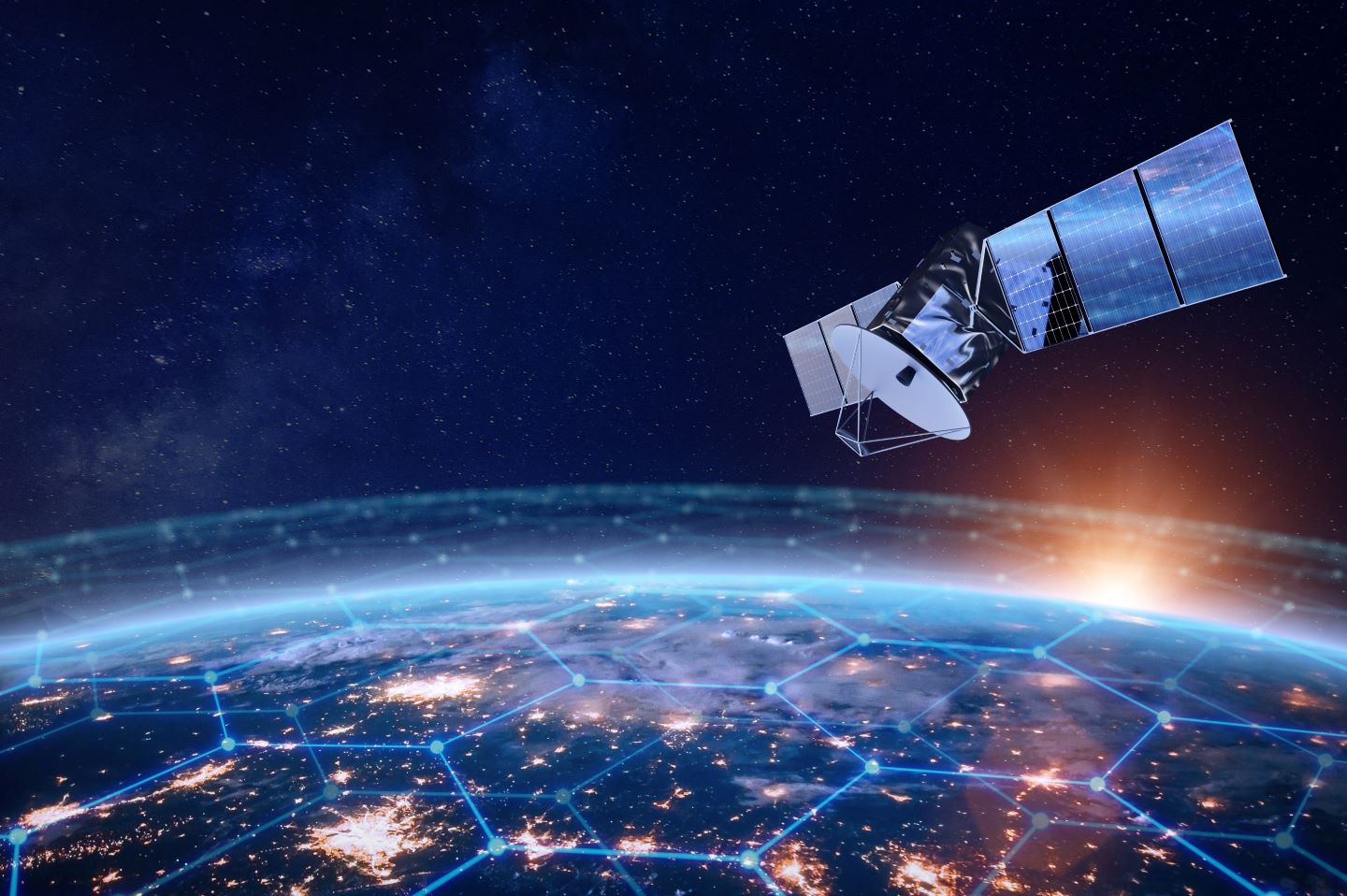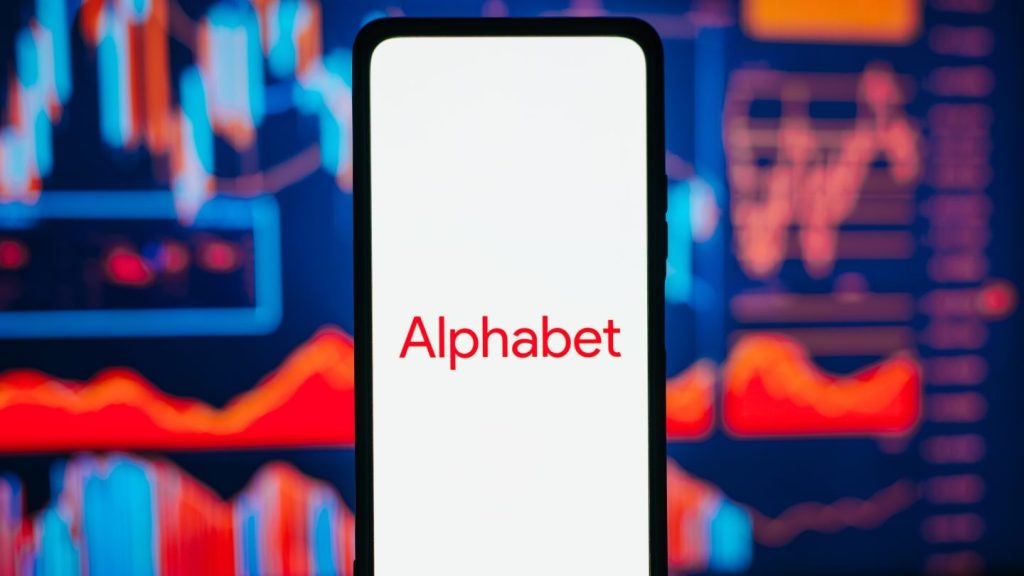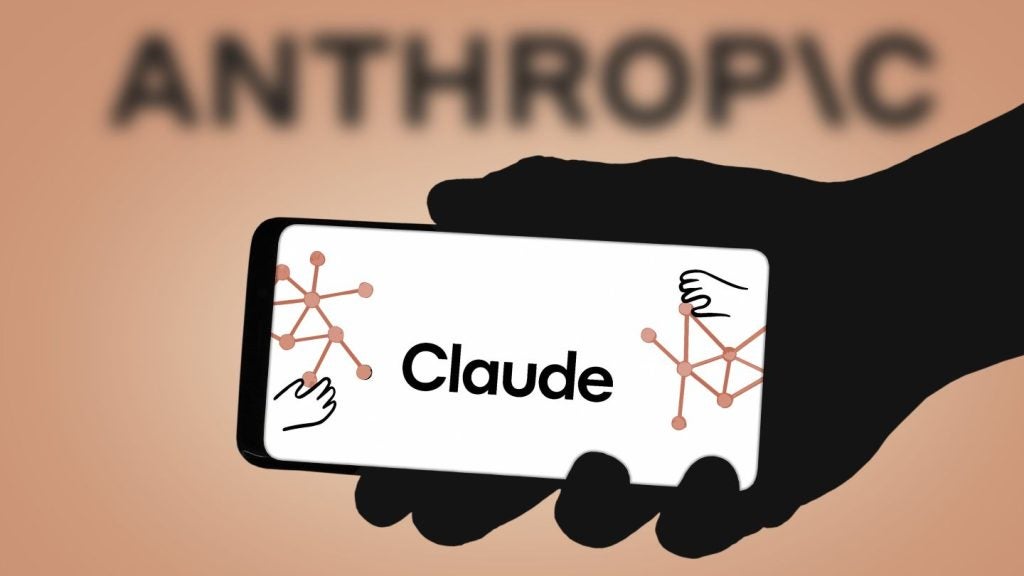The integration of satellite communication tech into smartphones is a clear indicator of the industry’s direction toward providing global connectivity. While Apple and Huawei lead the charge, other manufacturers are not far behind. The challenge remains in monetising these advanced features.
From niche to mainstream
The integration of satellite communication technology into smartphones represents a shift in the telecommunications industry. Initially, satellite calling was exclusive to specialised devices known as ‘sat phones,’ catering to a niche market of off-grid users. However, recent developments have seen mainstream smartphone manufacturers such as Huawei, Apple, and Google incorporate this technology, signalling a move toward mass-market expansion.
Apple and Huawei’s leadership tussle
Apple and Huawei are leading the satellite battle charge among OEMs. The companies announced satellite features for their flagship smartphones in September 2022 within weeks of each other. Apple’s iPhone 14, launched on 16 September 2022, was the first smartphone to offer emergency messaging in the US to services such as Roadside Assistance using low-Earth orbit (LEO) satellites from Globalstar. Huawei followed with its Mate 50 series of phones, which launched 12 days later, allowing users to send short text messages within China via the BeiDou satellite network. Both companies’ latest phones, Apple’s 2024 iPhone 16 series featuring iOS 18, and Huawei’s 2024 flagship Pura 70 Pro have upped the ante with image and video messaging as other OEMs and carriers play catch up. This iterative availability of satellite features and expansion of territories exemplifies a growing trend of incorporating satellite connectivity into consumer devices.
China wants to lead
Similar to Huawei, China’s Android OEMs also offer satellite messaging and connectivity, but largely only within their native country. For example, the Xiaomi 14 Ultra features a proprietary signal enhancement Pengpai T1 chip for two-way satellite communication encompassing voice calls, text messaging, and location tracking. The T1 chip and the integration with the Tiantong satellites highlight China’s advancements in this domain, and satellite phones launched by other Chinese brands like Oppo, Honor, and Vivo suggest a concerted effort by Chinese manufacturers to lead in the satellite communication sector.
Google’s latest Pixel 9 lineup is the first Android phone series using Satellite SOS messaging outside of China. The Google Pixel 9 phones including the Google Pixel 9 Pro Fold, as well as Google’s latest Google Android 15 software, utilise Skylo’s satellite service for emergency messaging and share their location when there’s limited cellular coverage. Similar to Apple in the US and Chinese OEMs in China, satellite service on the Google Pixel remains limited to its home country, the US, with more territories to be added in the future.
Monetisation challenges remain
Despite technological advancements, the monetisation of satellite connectivity remains tricky. Satellite D2D has not yet been a game-changer for smartphone sales. The technology is positioned as a complementary service to terrestrial cellular networks, offering connectivity in areas without coverage. Given the massive amounts of capital necessary and the lack of clarity on real revenue contribution, financial struggles will be a motif for multiple niche satellite players as the market shakes out. To underscore that point: Apple’s Advanced Manufacturing Fund invested $450m to improve Globalstar’s satellite network and ground stations, including a $252m loan to help finance the purchase of satellites. While this demonstrates a strategic focus on satellite communication from Apple, which likely senses some potential for additional revenues, Apple’s free Emergency SOS via satellite service was nonetheless extended for iPhone users by another year until November 2025, indicating that monetisation remains an ongoing challenge








